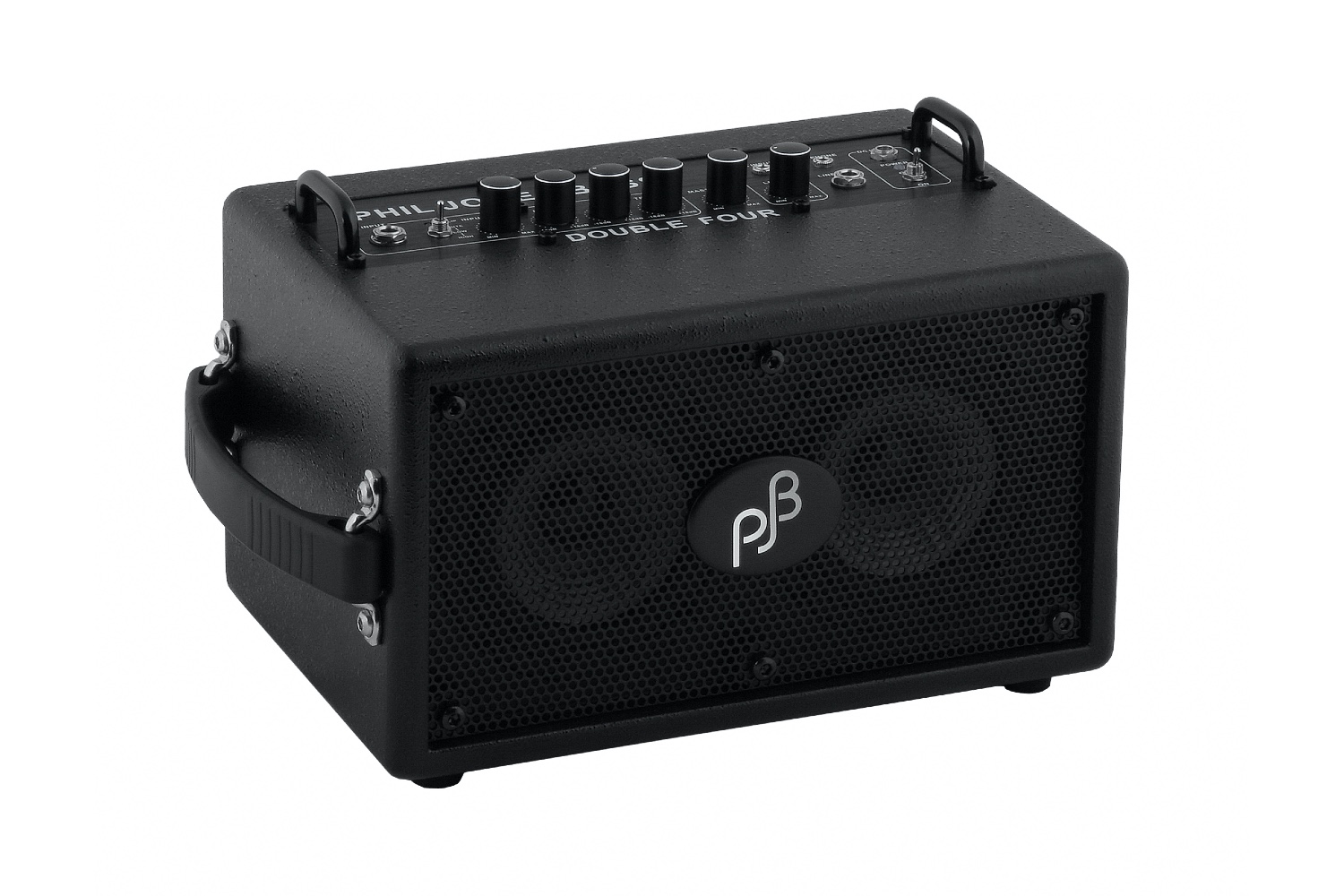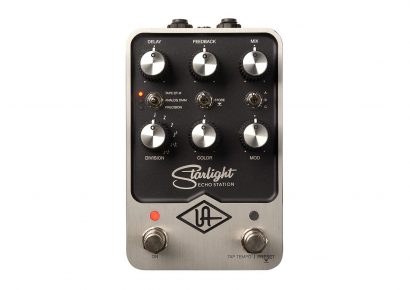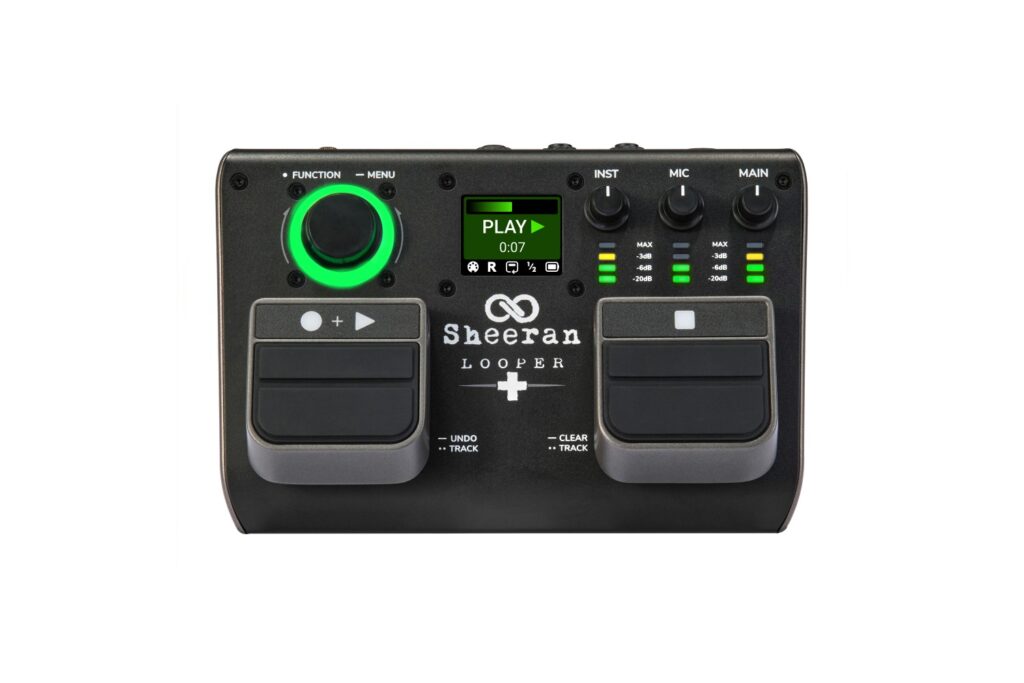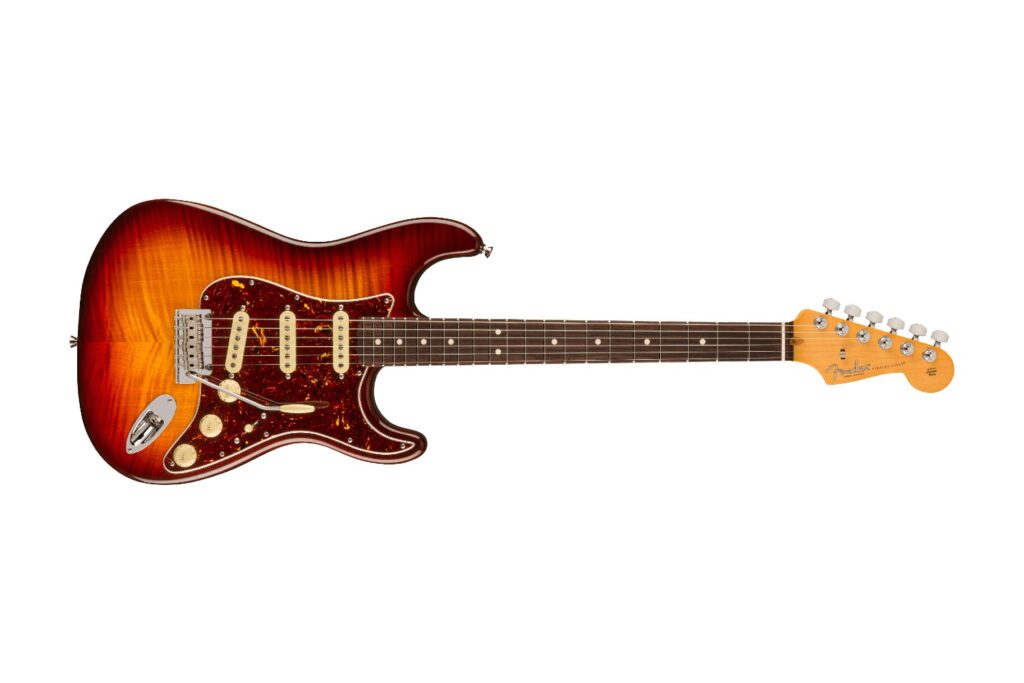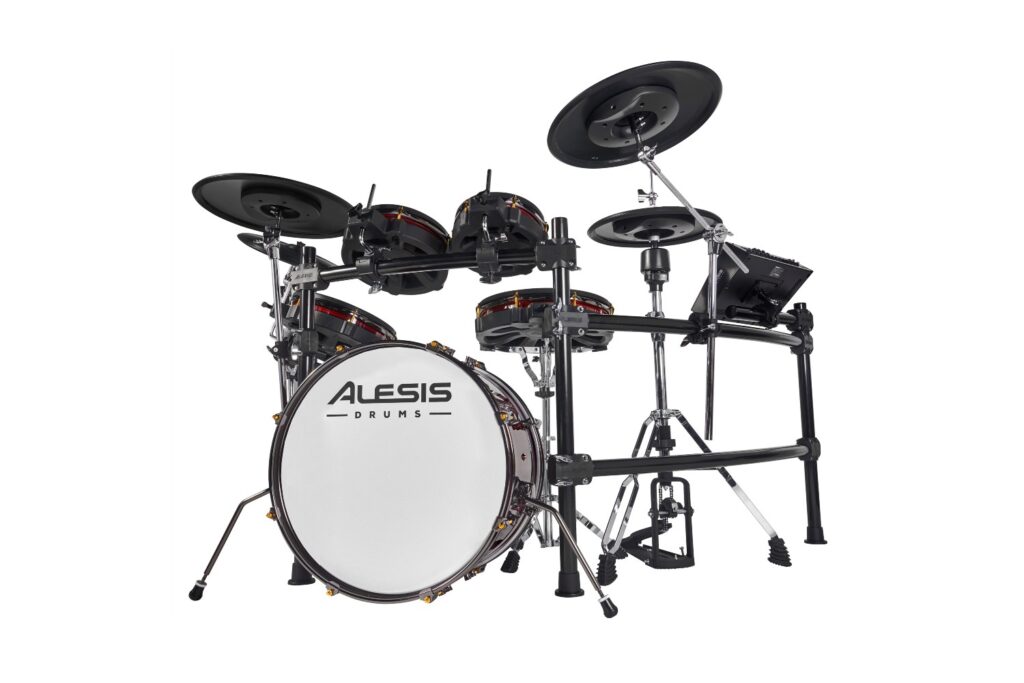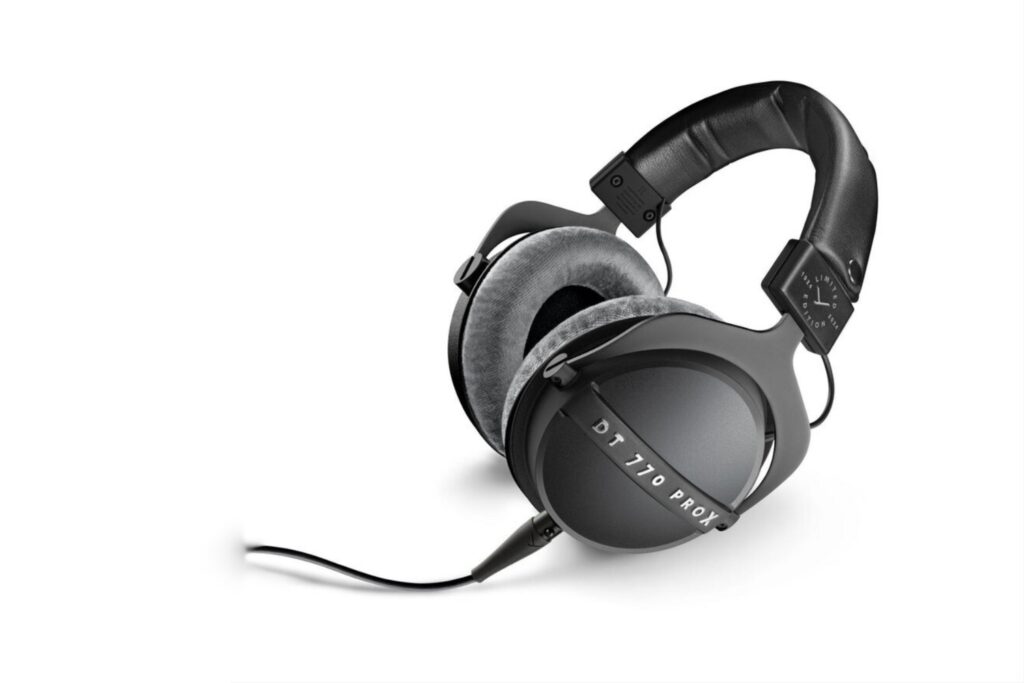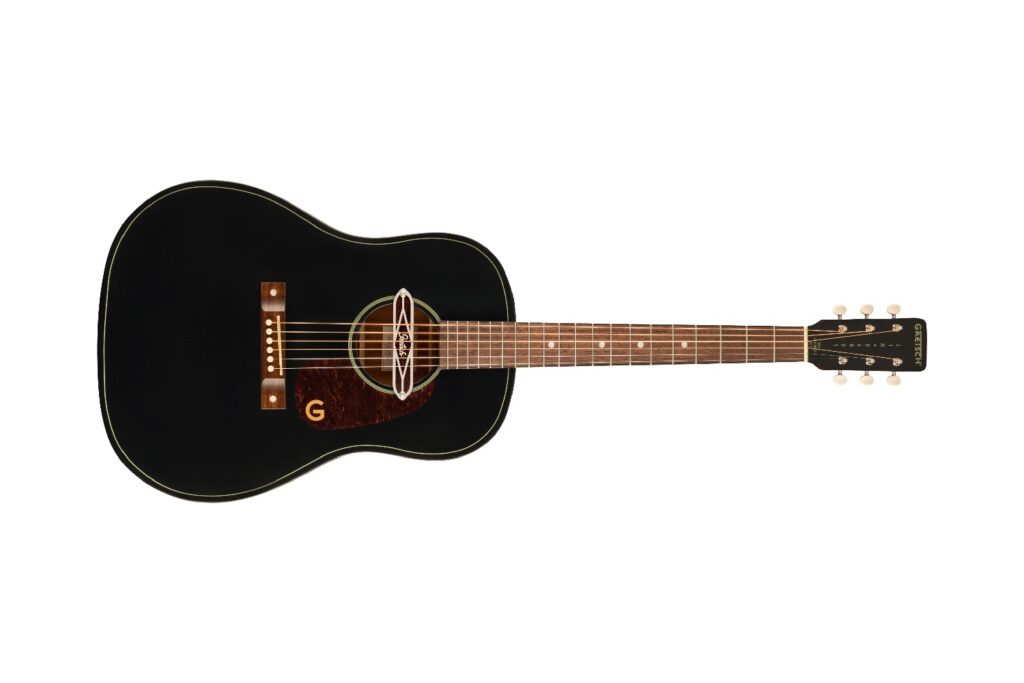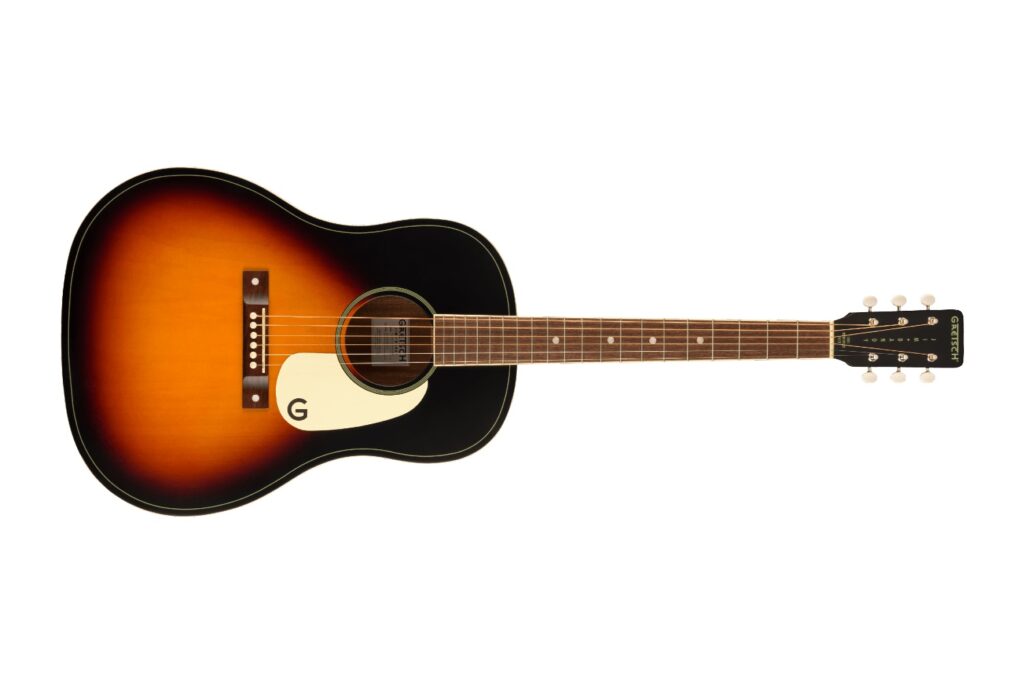EGM Distribution | Expect to pay: $829
Most of the time, bassists are prone to copping a hard-knock from gear manufacturers. Due to the powerful frequencies bestowed upon their instrument of choice, they’re forced to make do with amplifiers that are bulky as hell and weigh over a metric tonne to cart around, which is possibly why so many bassists end up with slipped discs or poor posture from carting their gear about.
Read more reviews here.
On the inverse, finding a practise amp that actually sounds like these mega rigs is pretty darn hard, and often, us low-end theorists are forced to compromise and make do with some sort of practise amp that simply put, just won’t cut the mustard.
Recently, however, there’s been a bit of a shift in this ethos from a number of amp manufacturers, with modern technologies such as Class-D amplification and neodymium speakers allowing for bass amps to be smaller and lighter than ever before – all without compromising on tone and power.
Over more than 45 years of operation, Phil Jones Bass have forged a remarkable legacy for creating bass amps that are known to be stage-ready and crazy loud, with many utilising unique small speaker arrays to achieve their power.
For instance, the 16-HBass Horn speaker has a whopping 16 PJB Piranha Type A speakers and extensive baffled bass ports, and it’ll blow your head off. But, as we’ve found out recently, you don’t always need that kind of power.
Enter the Phil Jones Bass Double Four BG-75. This 70-watt pint- sized contraption is a minuscule bass amp that looks like a bass head, until you get a little closer and realise that it’s actually a tiny combo.
It’s a perfect example of Phil Jones Bass’ small-speaker / big-sound ethos in action, and while it probably won’t suffice for use onstage, serves as a killer option for any kind of practise or rehearsal scenario you may be facing.
The Double Four is a single- channel bass amp with a simple three-band EQ, with controls for bass, middle and treble offering enhanced tone sculpting to make sure you get the perfect tone.
There’s also a passive/active/ mute switch with an LED on the input to let you know when you’re approaching clipping territory, as well as a master volume, a headphone jack for when you need to run silent practise sessions and a line out for recording.
Additionally, there’s also an aux in with its own level control, which allows you to plug in your phone, tablet or other device to jam along with backing tracks or demos. In many respects, the Double Four very similar to the Session 77 combo amplifier, but is purposely designed for use around the house rather than onstage or in the studio.
Where the PJB Double Four BG- 75 gets really interesting is in the speaker section. This little pocket rocket makes use of two PJB NeoPower four inch neodymium drivers, which the PJB team spent a hefty amount of R&D time on perfecting to ensure they output low frequencies with ease.
Each one of these speakers is also fed by their own Pulse Width Modulation amplifier, which converts electrical energy to power the speakers instead of running them hot. This means that these speakers will last much longer than your average woofers, which should provide you with all the peace of mind necessary when purchasing a product of such a high calibre.
It’s worth noting that just because the Double Four is dubbed as a practise amp, it doesn’t mean
you have to cut corners with your sound when using the PJB Double Four BG-75. The cabinet may be around the size of a lunchbox, but it’s built to the same standards of all PJB cabinets, which means
it employs heavy bracing and acoustic damping to ensure the clearest, most faithful reproduction possible.
It also means freedom from a problem that plagues many practice amps: dead low notes. That solid construction and heavy damping means that, should you be running a five-string bass, your low B will sound as punchy and clear as any other notes. Whether you’re playing frenetic jazz fusion lines or jamming along to sludgy doom metal, the Double Four will definitely live up to your expectations.
As with the Session 77, the Double Four will faithfully reproduce the input signal, whether it’s an active or passive bass plugged directly in, or a processed signal making its way into the amp through a preamp or effects unit. It also means the auxiliary input sounds nice and faithful too.
Heck, if you wanted to you could use this amp to play music in between sets, should you be playing a small enough room that you can get away with an amp of this size. Because yes, this is marketed as a practice amp, but it pushes out enough volume for at least small gigs, and the line out means you can also plug it into a PA system to effectively use the amp as your onstage monitor while the PA system sees it as a direct box.
Although the Double Four BG-75 doesn’t feature creature comforts such as distortion, compression
or limiting, let’s be real here: how often are you going to want to use these kind of features when you’re jamming along to tracks at home?
Half the time, it’s challenging enough to find a practise amp that sounds decent enough to pull the trigger on, and it’s here where the PJB Double Four shines. It’s a no- fuss jamming solution that sounds and looks great, and at the end of the day, isn’t that what us bassists have been looking for all along?
Find out more via Phil Jones Bass, and contact EGM Distribution for questions regarding local availability.
